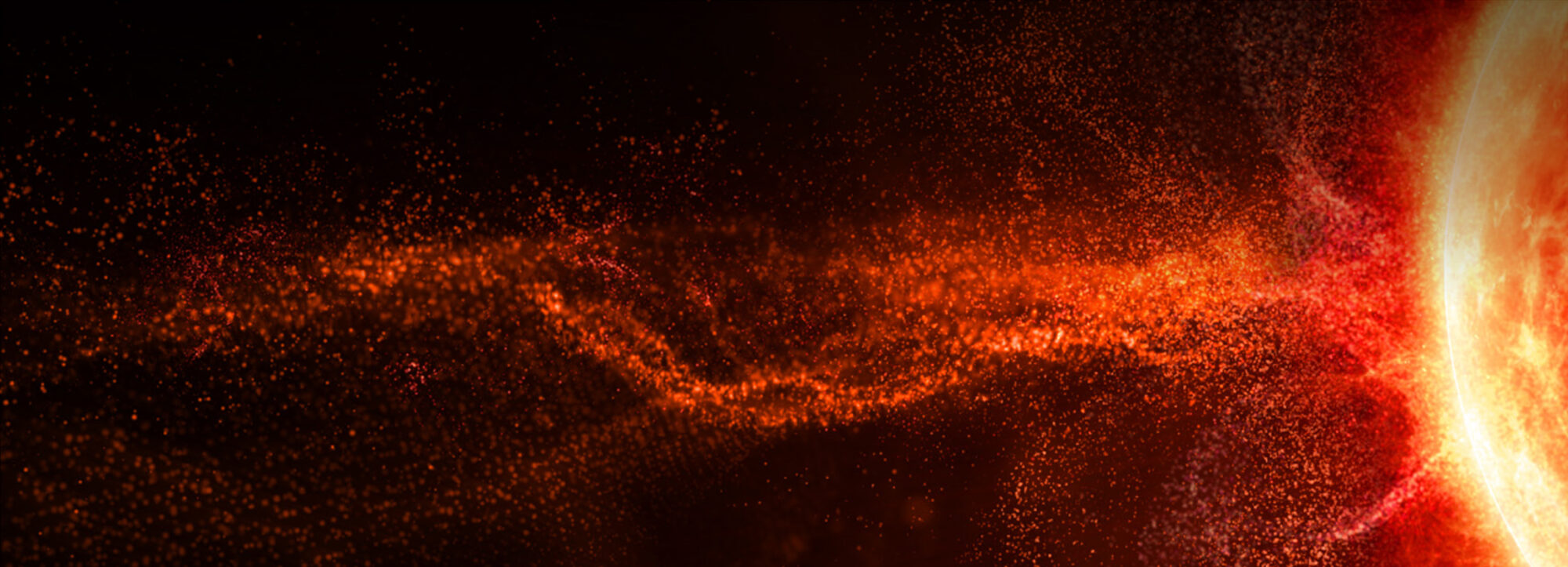The Earth is continuously bombarded by cosmic rays, high energy particles coming from outer space that generate showers in the atmosphere. The first serious experiments were in 1912, when Victor Hess went up in a balloon to measure the rates of these particles. The sources of these particles in terms of physics processes and production locations are still not well known.
The High School Project on Astrophysics Research with Cosmics (HiSPARC) was developed to find out more about these mysterious and rare energetic particles. Started in Amsterdam in 2002, HiSPARC has become an international collaboration involving more than 100 schools. The initiative grew in the UK as a result of funding from the Science and Technology Facilities Council and a collaboration with the University of Birmingham.
As part of HiSPARC, students learn how to collect and decipher cosmic data using cosmic ray detectors. While some schools buy and install these detectors, they are not required. Students can access data from detectors through the network.
IRIS supports UK schools’ involvement in HiSPARC. We’ve been delighted to see students’ engagement in the project spark a wide range of school research into cosmic rays. Students have set out to find if building materials used in their school buildings attenuate cosmic rays. Some curious minds have devised projects to figure out if the Sun is, in fact, the main producer of these particles on Earth. Others researched the impact of temperature and pressure on the detection of the high-energy protons and atomic nuclei moving through space at the speed of light.
As with all research, the possibilities of study are endless, and the findings are often enlightening.
